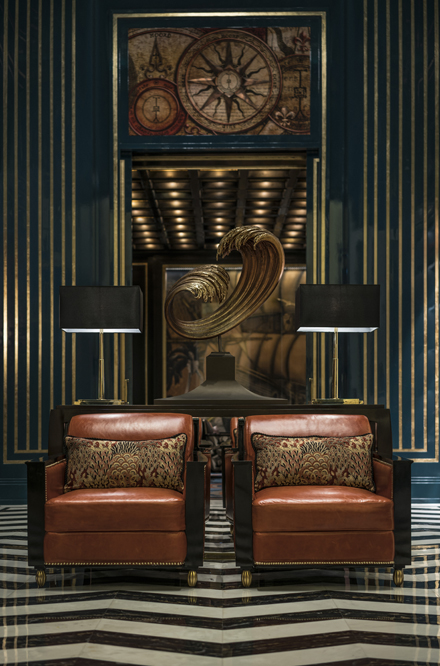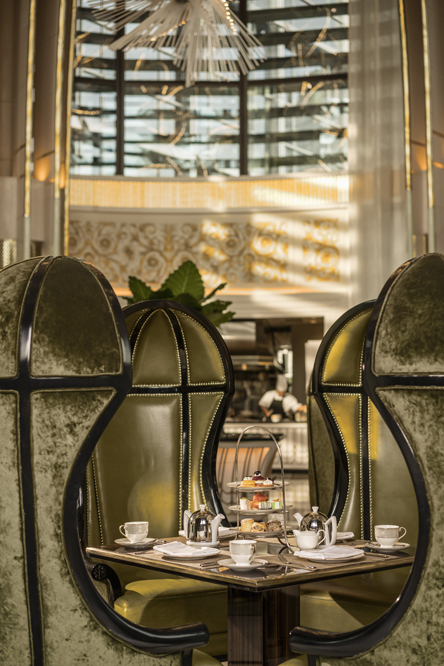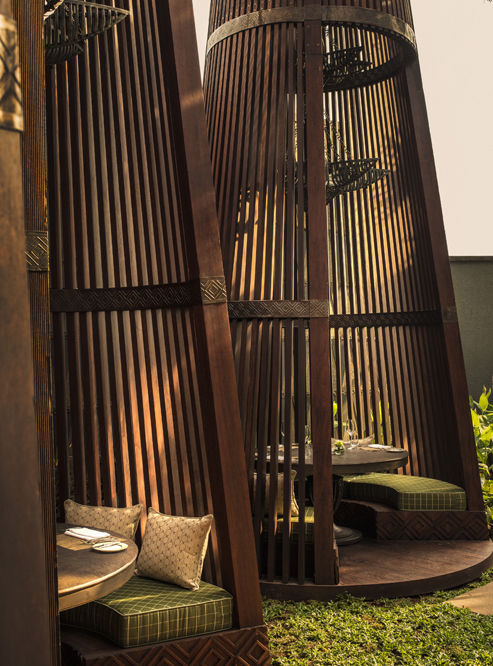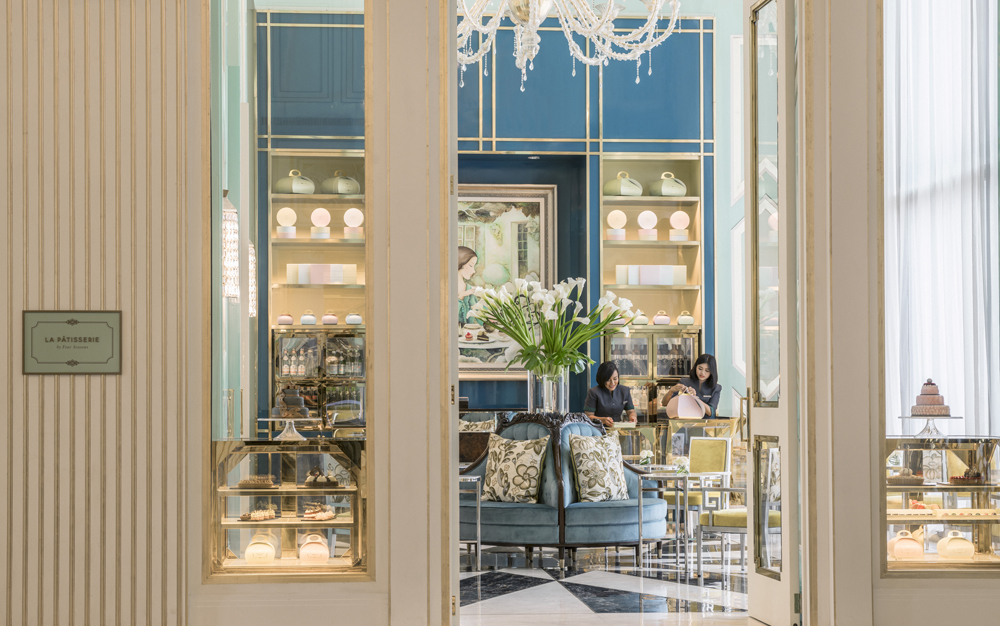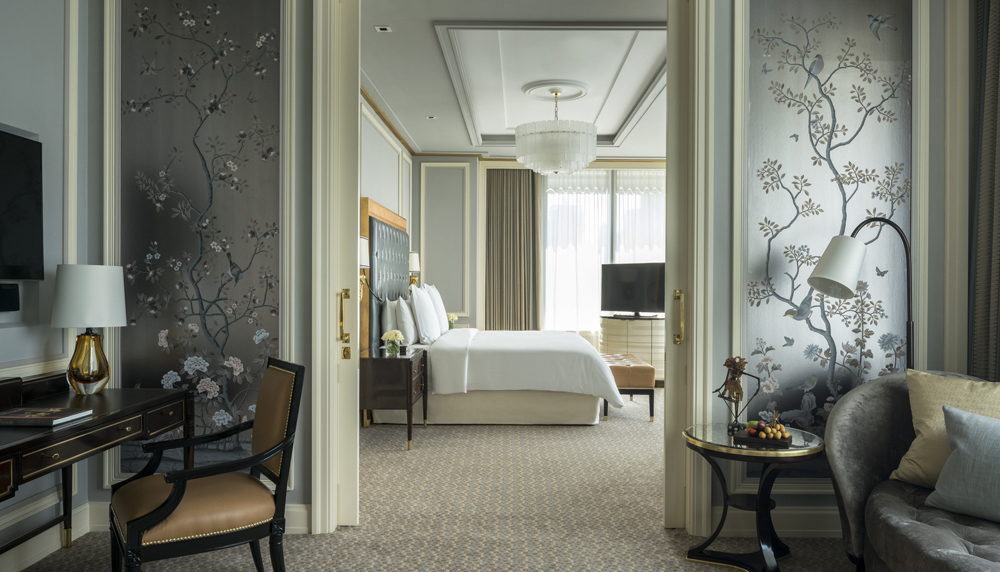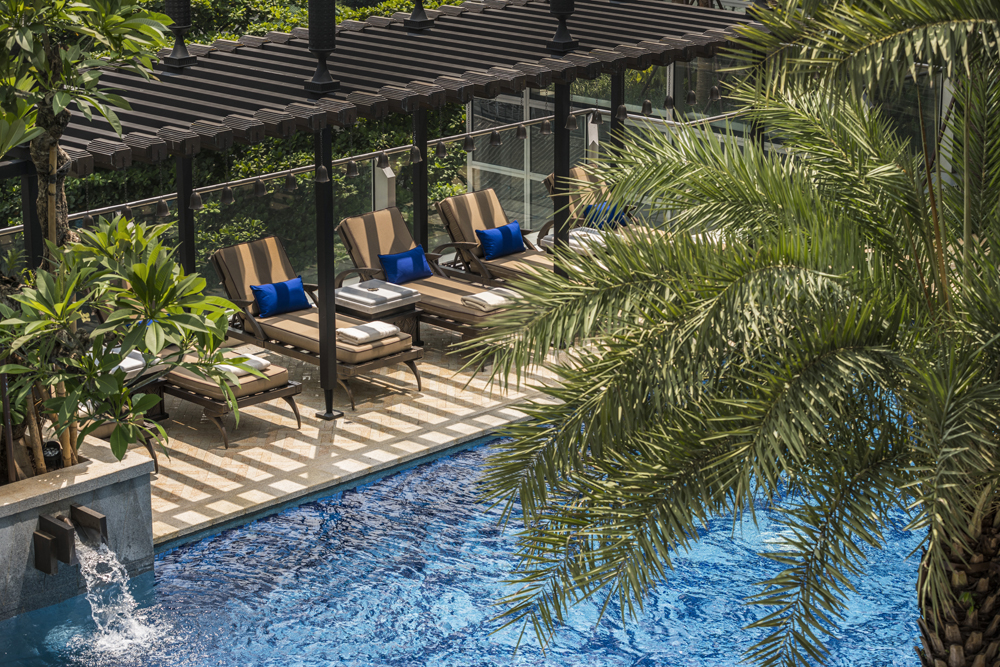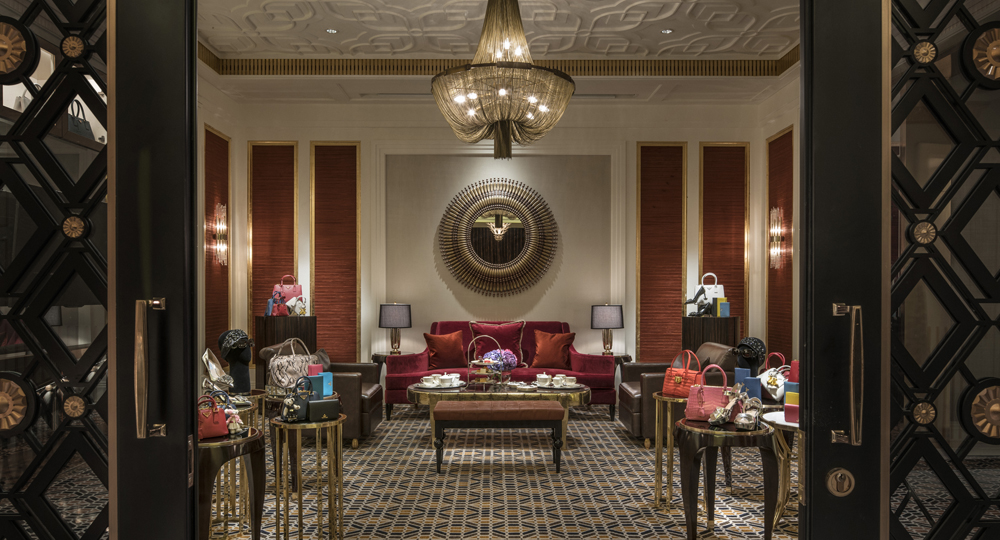“Good design begins with an exceptional story” – the motto of New York-based studio Champalimaud Design is vividly realized in many of its residential and hospitality interiors projects, which have earned the studio high regard. Most recently, interior designer Alexandra Champalimaud conceived a sophisticated and modern approach for the Four Seasons’ newest location, the Four Seasons Hotel Jakarta. In collaboration with architect César Pelli and landscape architect Bill Bensley, Alexandra created a design that upholds Indonesian culture, traditions and lifestyle. We speak to Alexandra about her views on hotel design and the distinct challenges posed by this specific project.
Can you describe your overall design approach?
In every project, we celebrate a sense of place, culture, history and architecture—and, of course, the objectives of our client. Our goal is to deliver design that is intuitive and timeless, while telling a story of a particular location. Conveying cultural context in a compelling and dynamic way through our designs is what makes our practice exciting and fulfilling.
What was the brief for the Four Seasons Hotel Jakarta project?
Throughout the Four Seasons Hotel Jakarta, we employed a sophisticated palette and details inspired by Asian and European cultures. In particular, we celebrated Jakarta’s local traditions and history with the Dutch spice traders who left their mark on the region. Among the examples of Indonesian design elements are the gilded, hand-carved tiles affixed to the ceiling of The Library, which is a private space with handsome seating and jewel-toned walls. We wanted guests to be enveloped by the spirit of the space at first arrival through an entrance of amazing scale, a general sense of height and light in an elegant environment that is contemporary, welcoming, fresh and young.

How did you infuse the spirit and culture of the place into the hotel’s design?
When I first visited Jakarta, I felt an undeniable pull towards the city and its people. In this project, we had a chance to tell the story of its past, present and future through our design. We wanted to create a centerpiece that truly captured its entirety. We tackled this by creating a structure that involved columns, which we then added wings to and grew the mouth forward. This allowed for a beautiful center for the ceiling drawing the eye upwards to see graceful and intricate chandeliers like amazing stars that intertwine with one another like constellations.
What trends have you seen in the field of hotel design today?
We see design going in opposite directions at the same time, with more emphasis on the work of local artisans and craftsmen as well as on seamless technology that offers an entirely intuitive user experience. Today’s worldly, sophisticated clientele tend to have a broad preference for a clean and modern space, but it also has to be comfortable and welcoming.
